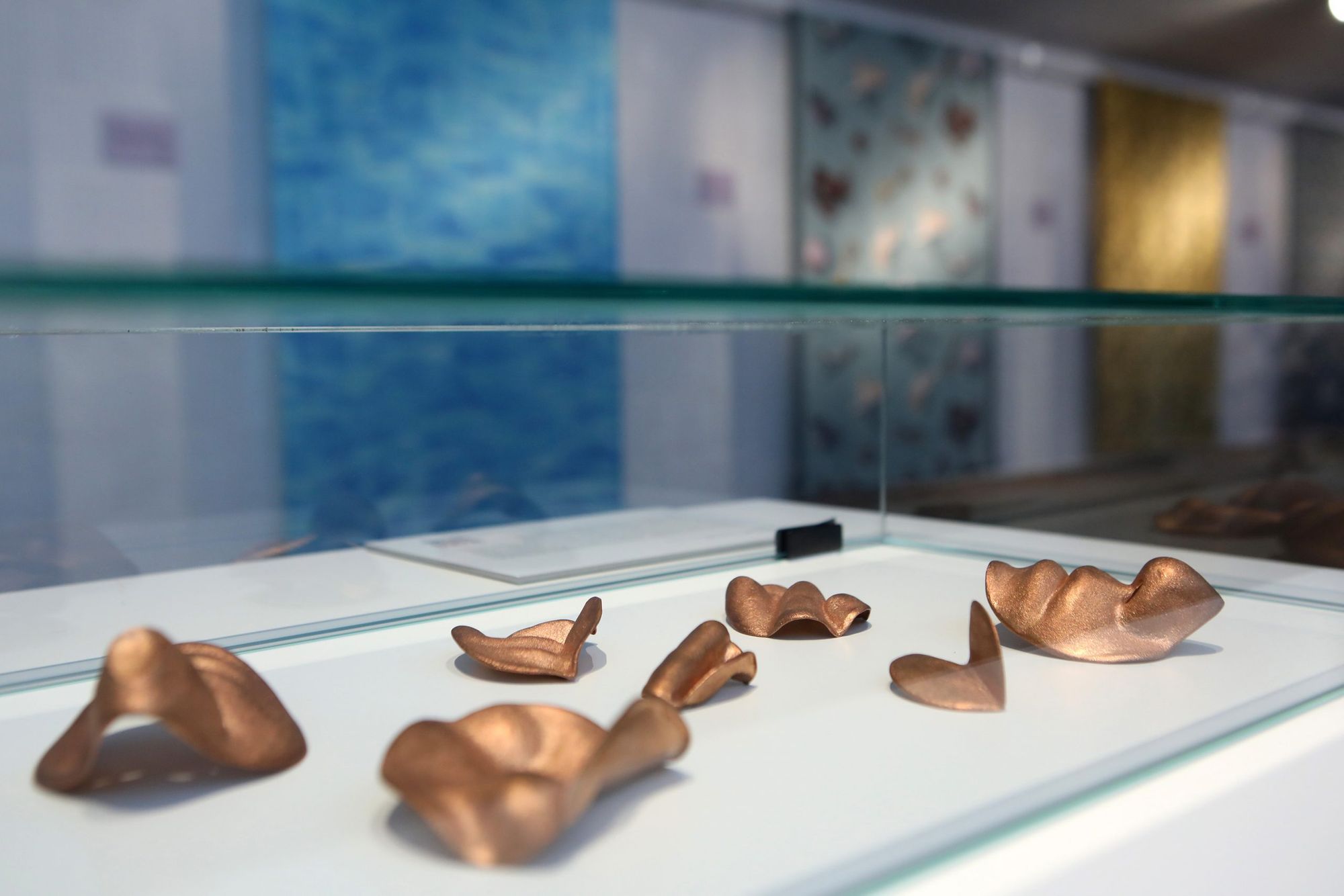Veszprém, “the city of the queens,” can be an exciting destination for many reasons if you are heading for the Central Transdanubian region. In 2023, culture will take center stage, as the city will be the European Capital of Culture. But it is worth focusing our attention here now, because the beautiful Dubniczay Palace hosts a fascinating and innovative exhibition. Érintkezések / Contacts is a close collaboration between the House of Arts Veszprém, Texhibition and the Design Without Borders program series, featuring the works of Hungarian contemporary textile and jewelry artists.
It is refreshing to see an exhibition of this kind on the Hungarian program palette. Szonja Dohnál, gallery director and curator of the exhibition, told us about the origin of the concept and how textile and jewelry art is connected to Veszprém. “This is a brand new direction for us in terms of exhibitions, but from 2021-22 we wanted to expand our palette, so we started thinking about a new and exciting path. Textile and glass art has a long tradition in Veszprém County. They already had an established community and audience, but similar exhibitions have been sidelined and neglected over the years. Therefore, we wanted to start from this existing trajectory and bring these genres back into the city’s bloodstream. I have been a regular visitor to Design Without Borders exhibitions and have always found them very exciting. I met Ferenczy Noémi Prize-winning textile designer Szilvi Szigeti through Rita Góbi (a contemporary dancer and choreographer born in Novi Sad—Ed.). There and then, through this connection, it became clear to me that we should include the genres of applied arts, textiles, jewelry and glass in our exhibitions. The latter had already appeared earlier, in 2020, in the Veszprém exhibition entitled, Fényrétegek (Layers of Light—free translation) by glass artist Péter Borkovics and painter József Bullás. We hope that from 2022 onwards, however, we will be able to organize a further exhibition of applied art and design in the Moholy-Nagy Hall of the Dubniczay Palace (previously the site of the László Károly Collection, including works by László Moholy-Nagy). We would like to remain actively involved in the Borderless Design program series. Together with Szilvi Szigeti and Tamás Radnóti, we hope this can be a long-term collaboration. We would also like to join the Ékszerek Éjszakája (Night of Jewelry) event. We have consulted and are still consulting with jewelry designers to have a rural center for this capital-based event here in Veszprém.”
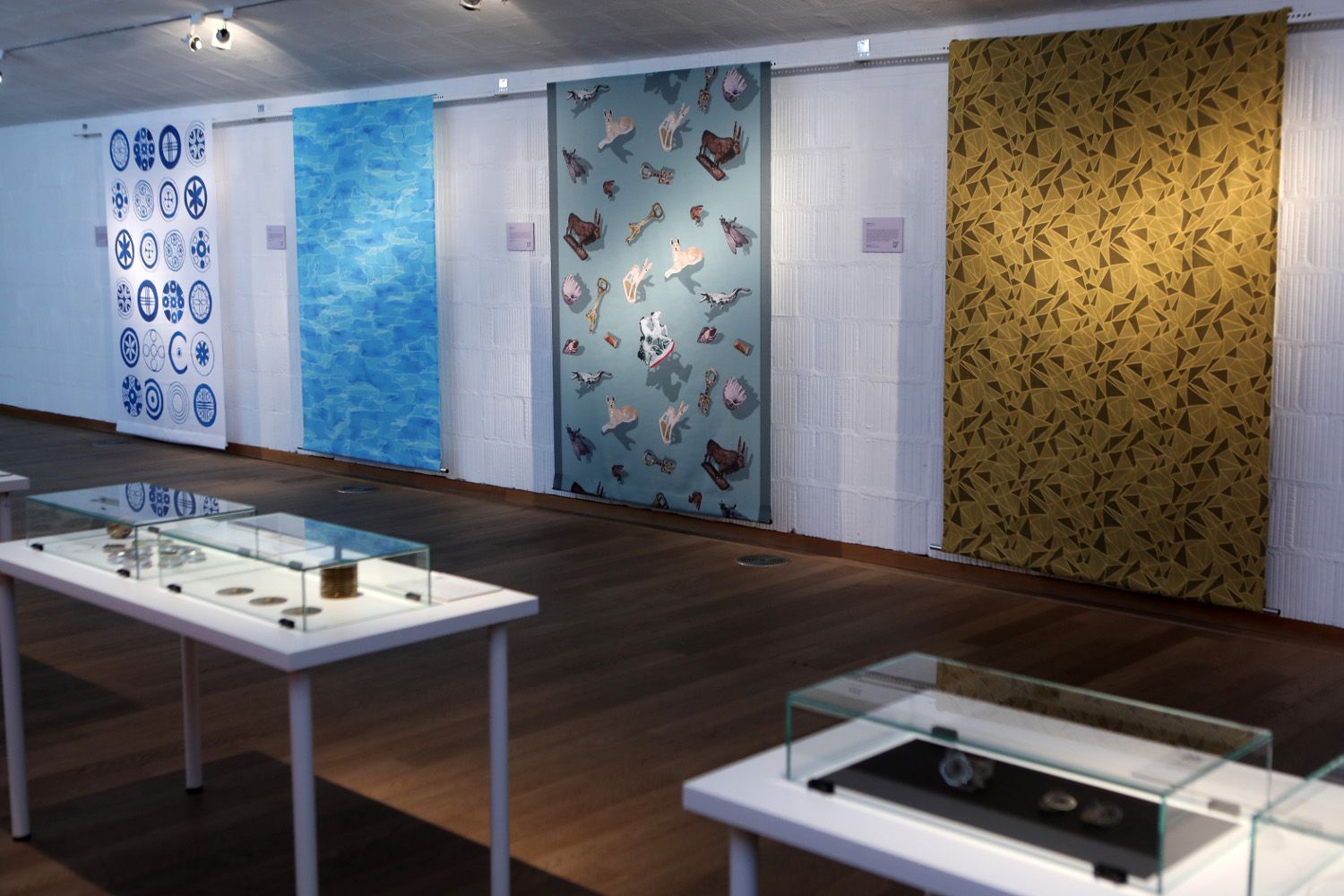
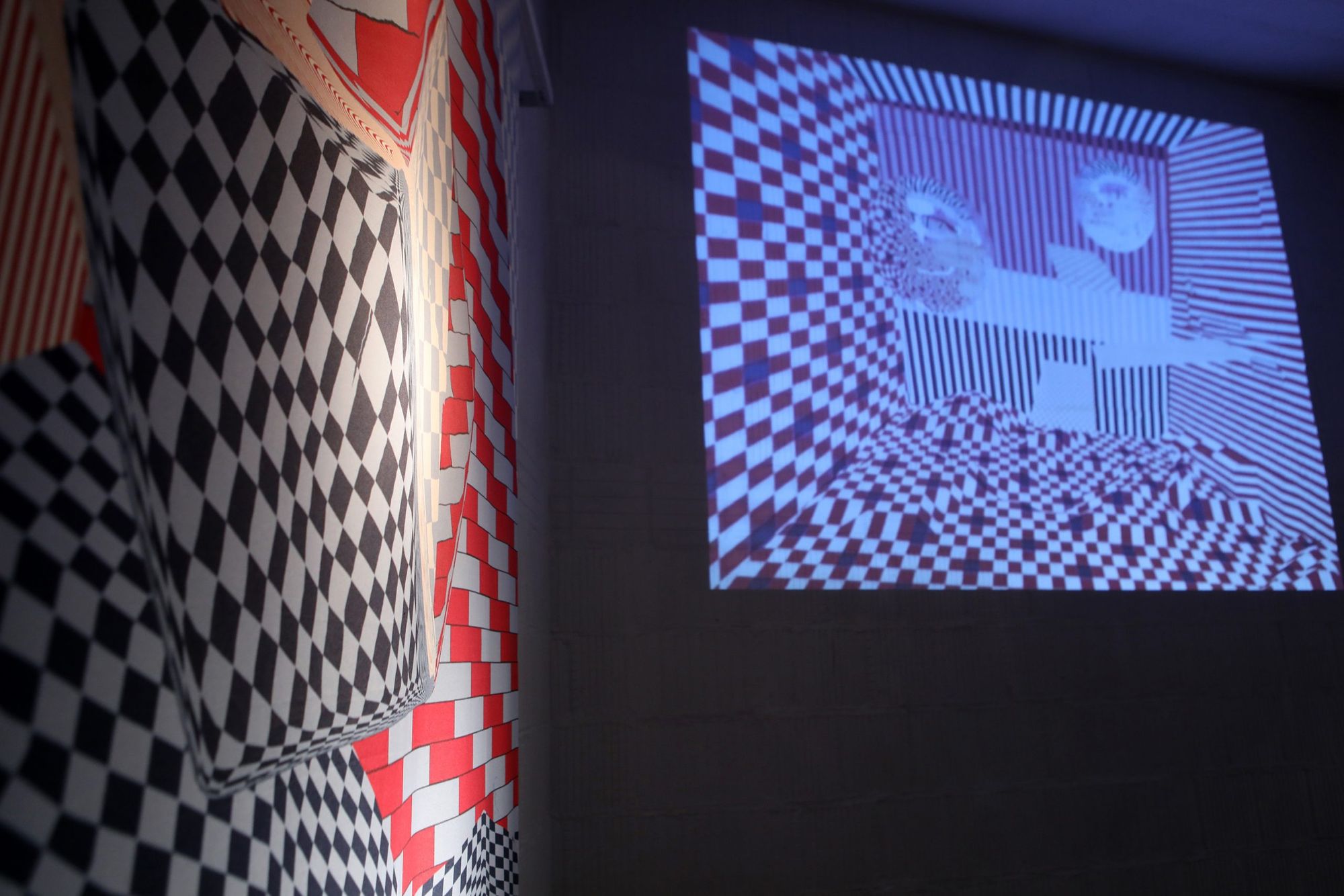
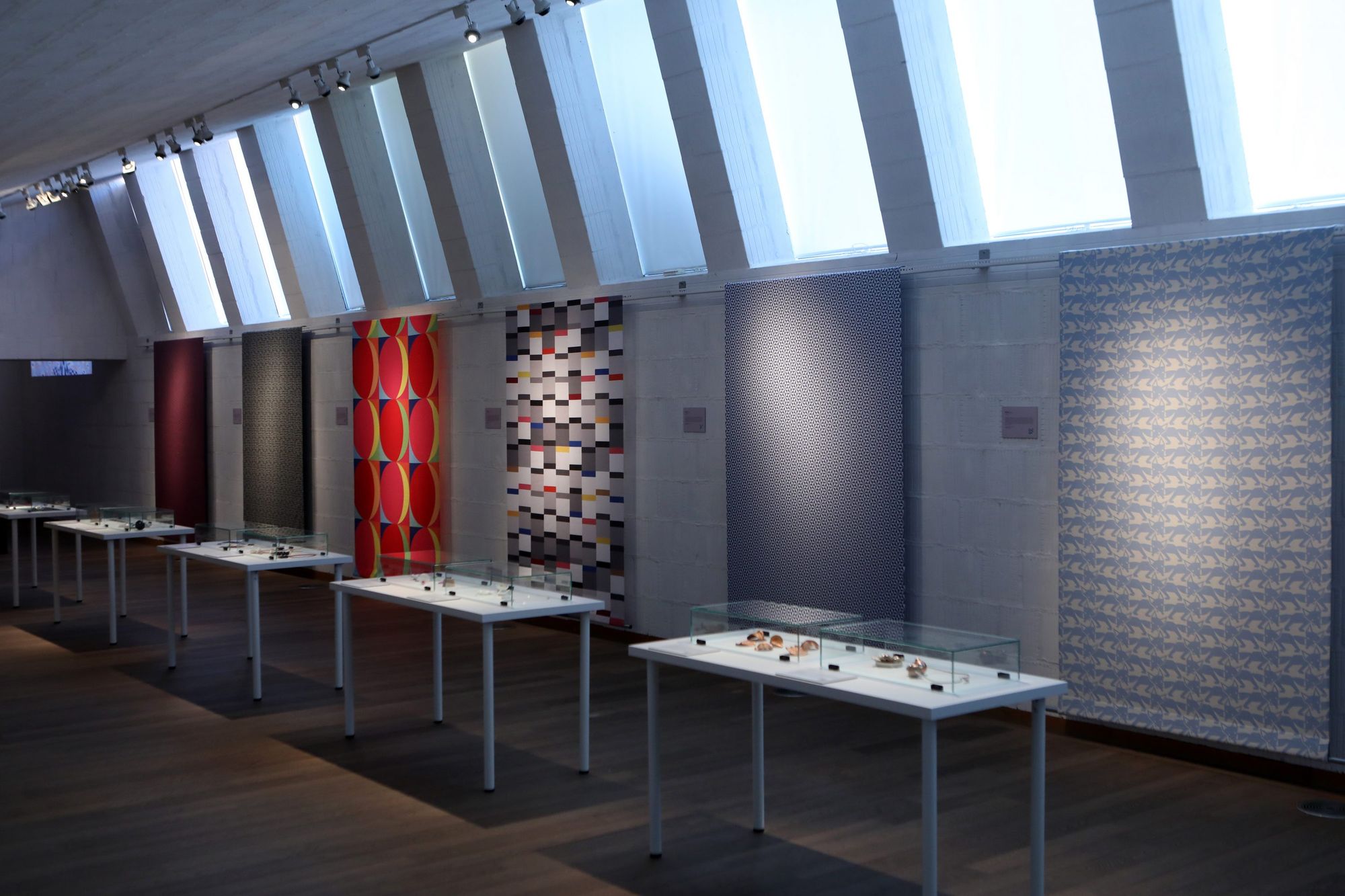
“Such events rarely reach the countryside, and there are just a few opportunities for the audience to participate in this type of exhibitions. Many people have neither the means nor the desire to travel to the capital. From this angle, there is definitely a community-building intention behind the initiative to create a rural community/audience for the topic. This is also important because it is a way to strengthen the dialogue between the different artistic disciplines and to show that they are not separate things for their own sakes; instead, they exist in an interconnected system.”
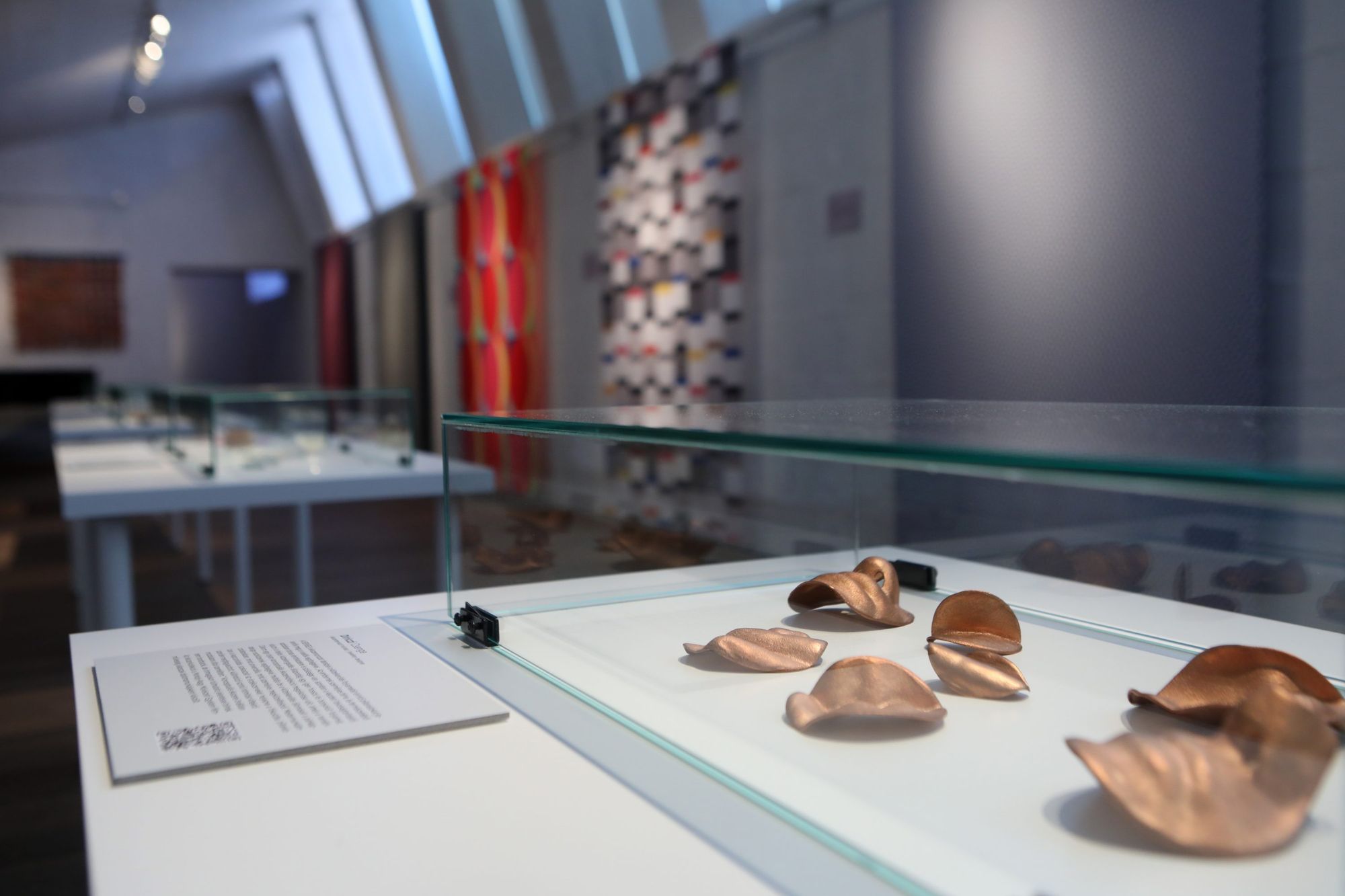

Sonja was also optimistic when we asked her about the feedback. “The reception of the exhibition has been very positive. Despite the pandemic, many people came to the opening, and it was a pleasure to welcome the artists. We would like to organize more and more associated programs in the future.”
“Most of the textiles are from the 2020s Texhibition, because this year’s exhibition was still on display at the FUGA Budapest Center of Architecture until 23 January 2022. We exhibited two unique textiles from Szilvia Vereczkey, because the metal fiber textiles presented in the Kiscell Museum could not be properly installed here due to the peculiarities of the exhibition space. I approached the jewelry artists personally and asked them to participate. The youngest designers, who have just graduated from MOME, Luca Ujvári-Zsiga, Csenge Diriczi and Patrícia Harsány, have already appeared in Design Without Borders. But here, you can see a broader scope of their work. We present mostly the same textiles but have changed a few things to adapt to the exhibition space. The resulting art material was then used to select the jewelry artists. We ensured that the youngest and oldest generations were also represented in each case, adding a curve to the exhibition.”
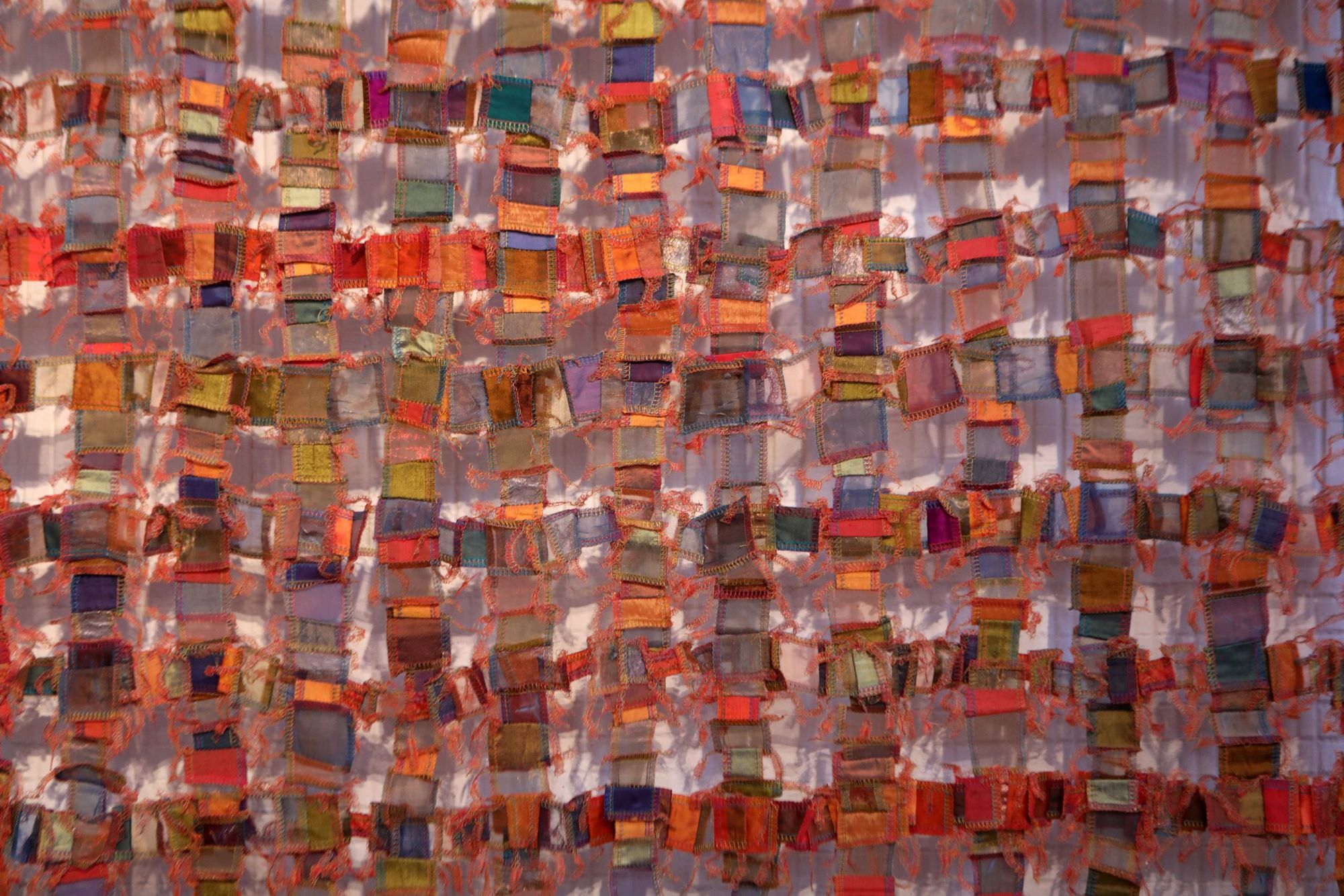

“It was important to have a short wall text for each work and artist. This, together with a QR code directing visitors to the artist’s website or social media platform, helps the audience get closer to the designers and their works. This can even create a direct link between the designer and the visitor or customer, given that most of the artwork is applied art. In the case of jewelry, we have made sure that the exhibition display is easy to understand. To avoid giving visitors too much information and text to digest, the names of the individual pieces in each group of artifacts appear in a separate text.”
“The diploma films of Luca Ujvári-Zsiga and Csenge Diriczi are also screened in the space to help interpret the complex conceptual works. Nevertheless, you can see a recording of Rita Góbi’s choreographed performance for the works in the Boundless Design exhibition. The dance artist also performed at the opening event. Thanks to the recording, we can enjoy it beyond the opening. The 2021 award winner, Gwendolin Zimonyi’s 3D animation was also included in the exhibition,” said Sonja about the conceptualization of the exhibition and the process of selecting the artworks.
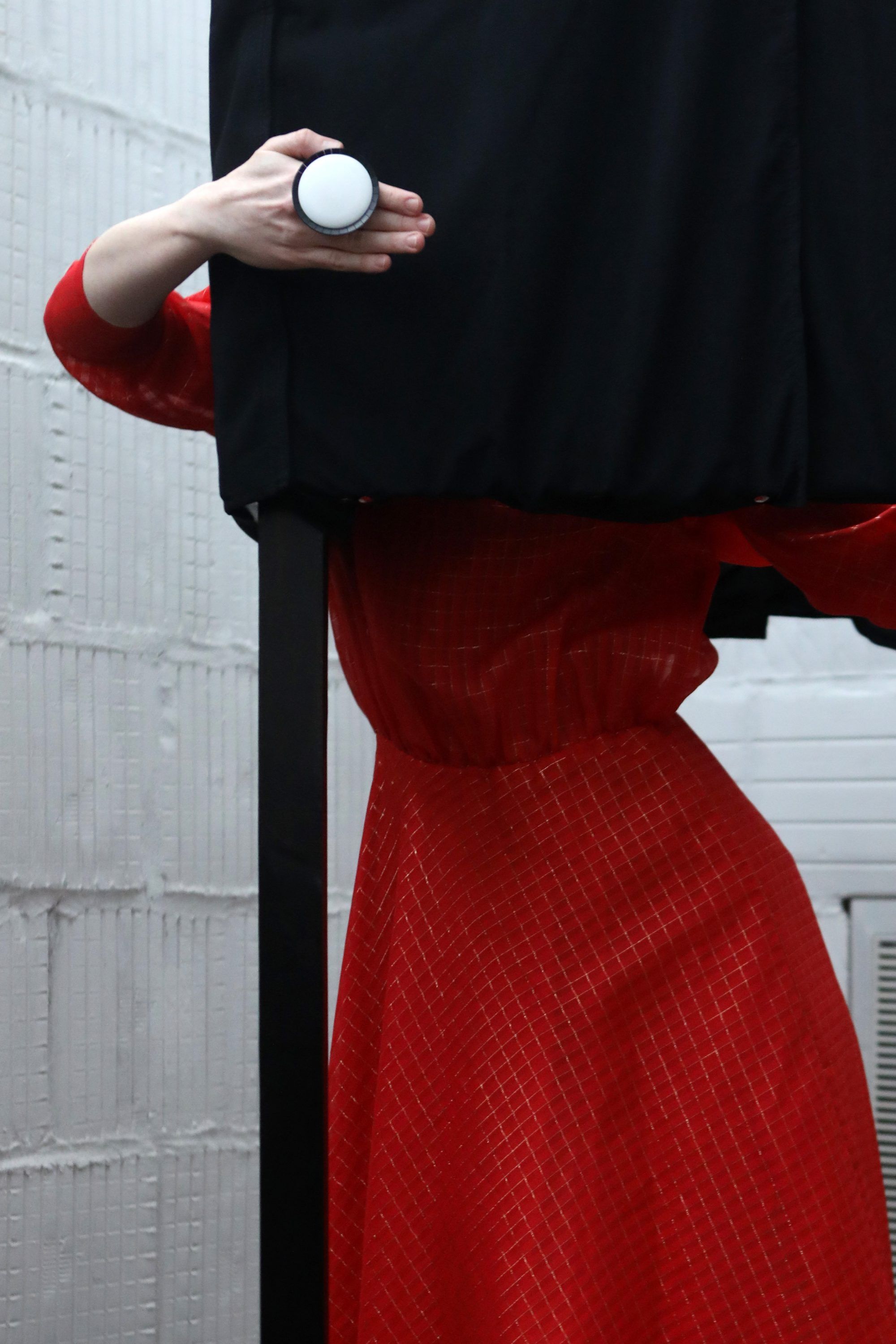
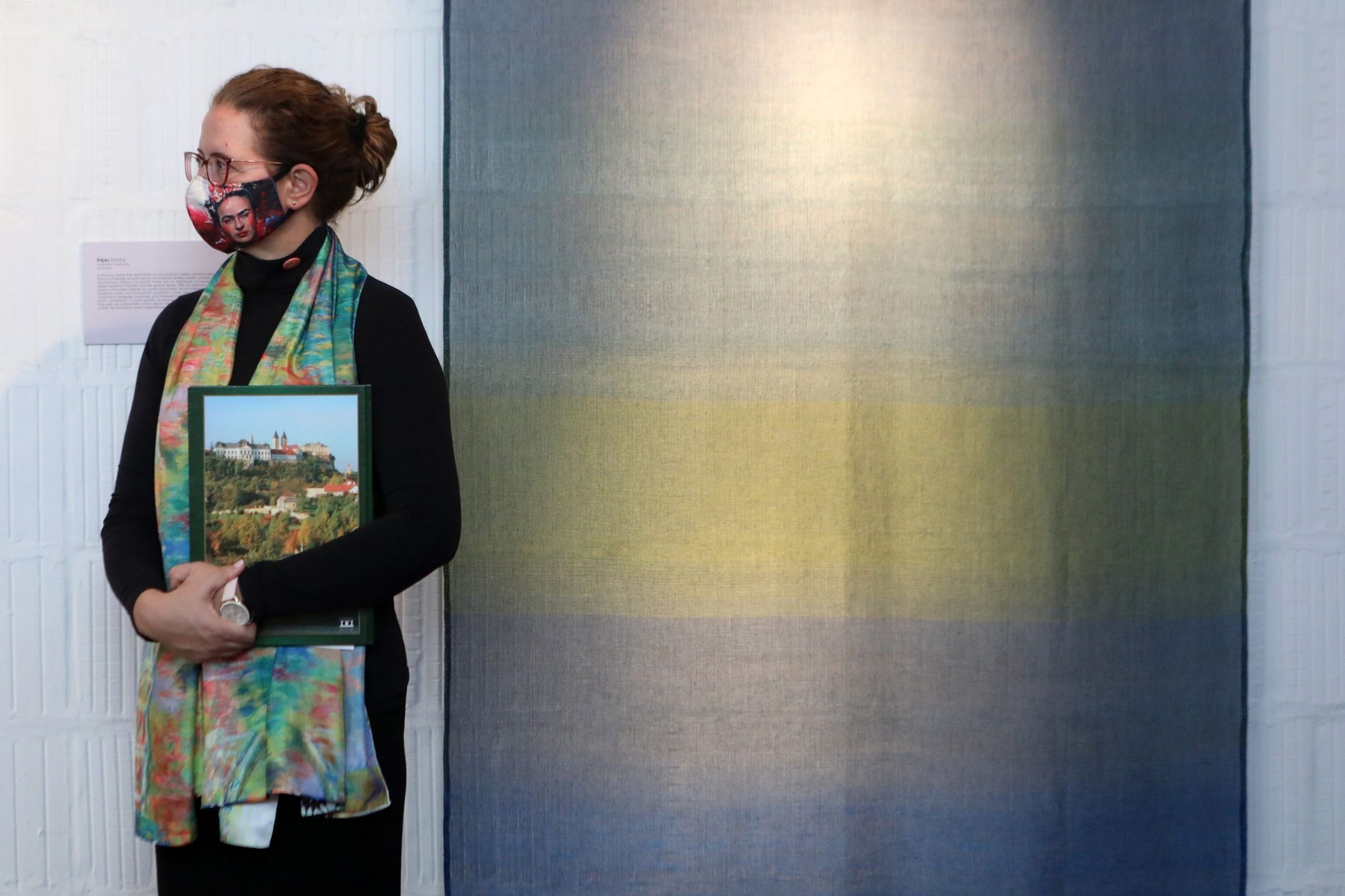
“From 2022 onwards, we would like to organize more exhibitions that include and unite several artistic disciplines. In 2023, Veszprém will be the European Capital of Culture, so we are opening up in as many directions as possible, even on an international level. In 2023, we also aim to organize and run an international jewelry biennale, which would operate based on invitation and a specific theme in the first year. Then a biennial event would be held every two years, for which applications would be invited. We hope that this initiative will help us establish a rural base for jewelry art here in Veszprém,” Szonja shared with us their plans for the future.
The exhibition called Érintkezések / Contacts is displayed at the Dubniczay Palace in Veszprém until 18 April 2022. For more information about the exhibition, please visit the website of the House of Arts Veszprém, where, among others, you can read Kinga German’s opening speech.
The exhibiting artists
Textile: Textiles: Viola Balázs, Réka Csíkszentmihályi, Evelin Horváth, Ágnes Kollár, Gabi Lőrincz V., Réka Molnár, Emilia Pájer, Anna Regős, Andrea Ruttka, Eszter Söptei, Szilvia Szigeti, Szilvia Vereczkey, Márta Vető, Gwendolin Zimonyi
Jewelry: Krisztián Ádám, Anna Börcsök, Csenge Diriczi, Noémi Gera, Patrícia Harsány, Katalin Jermakov, Orsolya Kecskés, Zoltán Tóth, Luca Ujvári-Zsiga, Fanni Vékony
Photos: Gábor Gáspár
8200 Veszprém, Dubniczay Palace, Vár Street 29.
House of Arts Veszprém | Web | Facebook | Instagram

A legend of minimalist architecture designed this chapel in Croatia
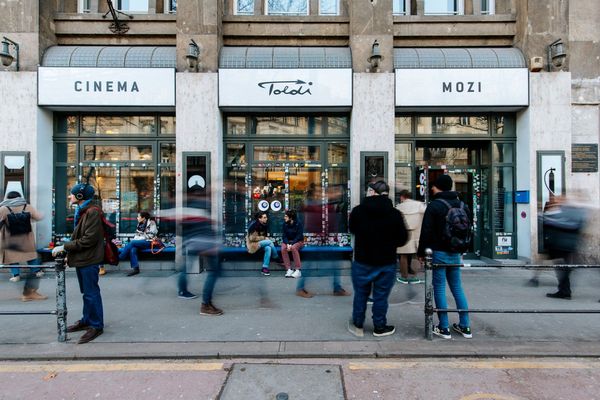
Get ready! Budapest Architecture Film Festival is around the corner










